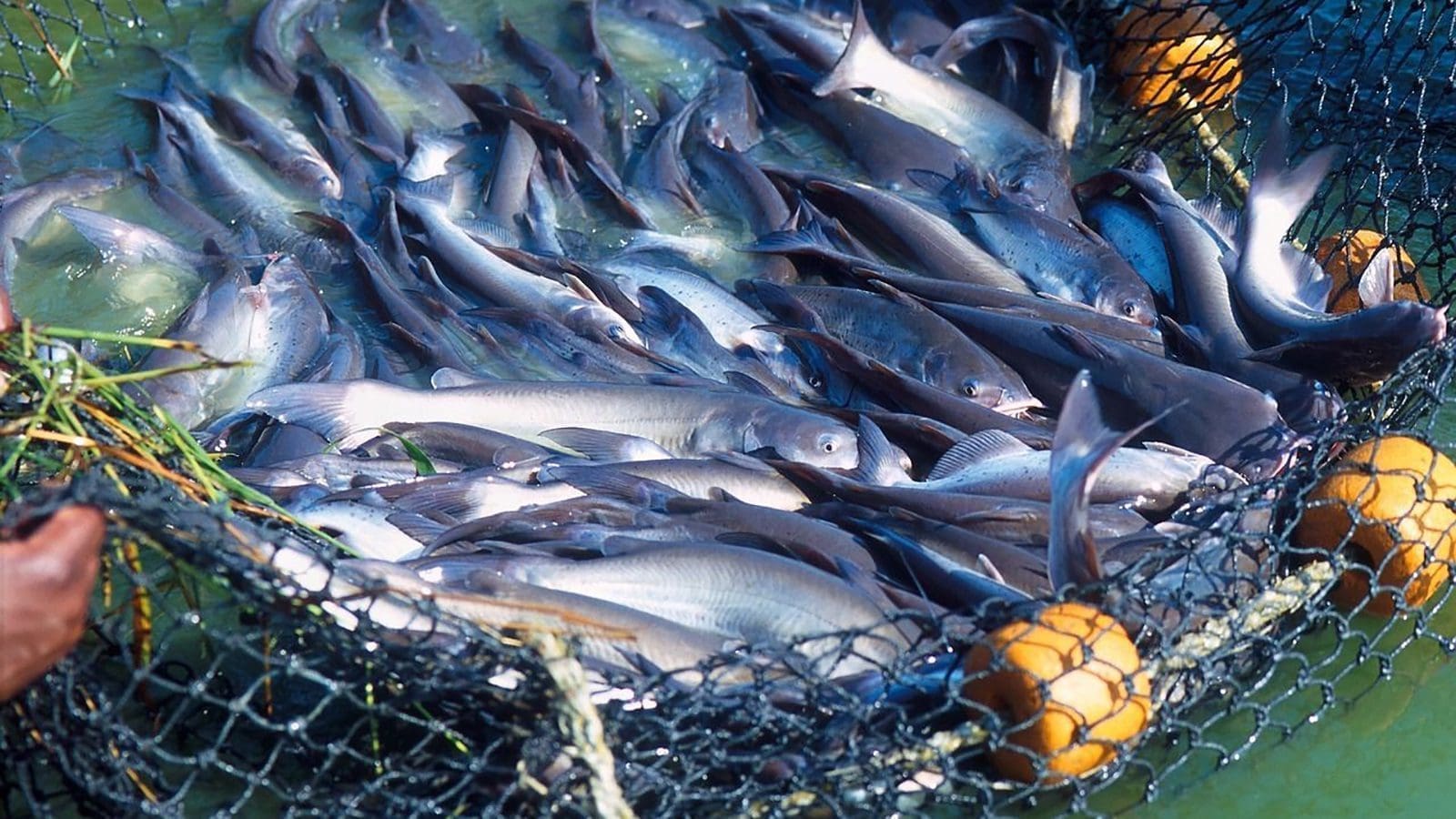NAMIBIA – The Namibian fishing sector recorded N$48 million (US$3.2M) worth of bycatch during the 2022 fishing season, according to Uaripi Katjiukua, a spokesperson of the fisheries ministry.
According to Katjiukua, preliminary data reveals that the bycatch caught accidentally by fishermen while targeting their allocated fish species, constituted of angelfish (752.3 tonnes), alfonsinos (89.1), and reds (1145.8 tonnes).
“The biomass of the species in question has not been determined to be high enough for a TAC to be allocated. TAC is an important management tool for the conservation of fishing stock, hence, the TAC is strictly set based on the best available scientific data,” said Katjiukua.
The angelfish is sold at N$35(US$2.35) per kilogram, reds go for N$17(US$1.14) per kg while the alfonsino are sold for N$27(US$1.81) per kg.
However, the current levies on these species are as high as N$7/kg for alfonsino, N$6/kg for angelfish and N$5/kg for reds.
Bycatch caught exceed allowable limits
Legally, a fishing vessel is only allowed to catch 5% of bycatch, however, sources in the industry are complaining that the set levies serve no purpose as there is no way to control what fish species land on the trawlers.
The bycatches are mainly caught by freezer horse mackerel trawlers and it is estimated that it amounts to 2,650 tonnes per trawler per year.
“How is it possible that licenses on a particular quota species, that is, horse-mackerel granted to freezer trawler operators, with landing reports showing more than 35% up to 45% of total landings is by-catch instead of horse mackerel?” a source questioned.
“Is there an unwritten law that 5% bycatch is not applicable to their vessels?”
Modern fishing gear is very efficient
A marine researcher Panduleni Nashima explained that having species caught alongside other species is difficult to manage and poses challenges for its management proposing that a study be conducted to find out if the current by-catch fees are adequate or if adjustments are required.
“The recommendation is to continue researching all bycatch species to determine their habitat, as well as their migration routes, which should be avoided by those targeting their allocated species, if possible.
Moreover, if by-catch species are seasonal, fishers can avoid catching during those seasons to avoid increased catches of by-catch,” he said.
Modern fishing gear, often undetectable by sight and extremely strong, is very efficient at catching the desired fish species, as well as anything else in its path.
Proven solutions do exist, such as modifying fishing gear so that fewer non-target species are caught or can escape, often left up to the fishermen themselves.
Some of these species face extinction as a result, combined with the effects of climate change which make it challenging for researchers and fisheries managers to effectively manage the sustainability of the species caught as bycatch.
Norwegian Scientific research vessel in Angolan waters
Meanwhile, in Angola, a Norwegian ship “Dr Fridtjof Nansen” is in the Angolan oceanic waters to conduct scientific research on the coastline and gather knowledge about the various species inhabiting the mesopelagic zone.
The scientific cruise vessel left yesterday (12th February) to carry out the study which will particularly focus on the distribution, abundance and behaviour of these species.
The cruise occurs every year as part of the EAF-Nansen Programme, created in 1975 which aims to provide technical support in the field of maritime research and fisheries management.
It was implemented by FAO in collaboration with the Institute for Marine Research (IMR) in Norway and funded by the Norwegian Agency for Development Cooperation.
The main objective is to promote the sustainable use of living marine resources and protect the marine environment.
For all the latest food industry news from Africa and the World, subscribe to our NEWSLETTER, follow us on Twitter and LinkedIn, like us on Facebook and subscribe to our YouTube channel.










